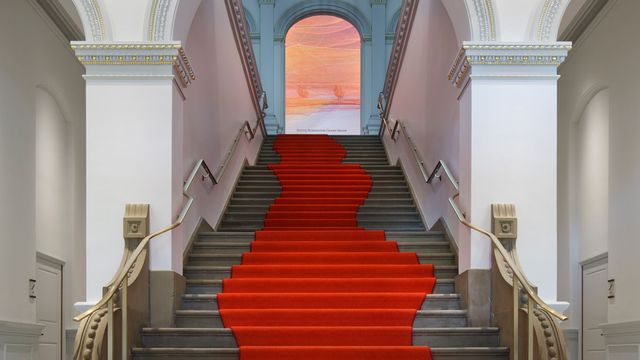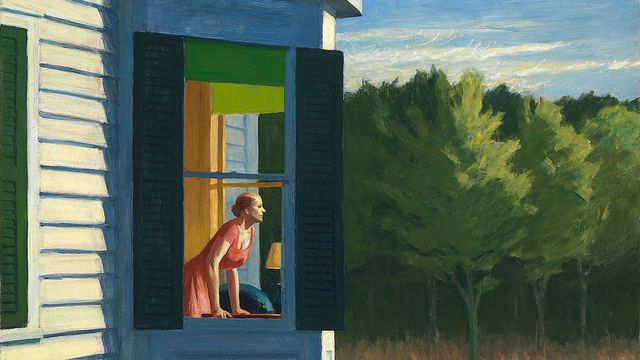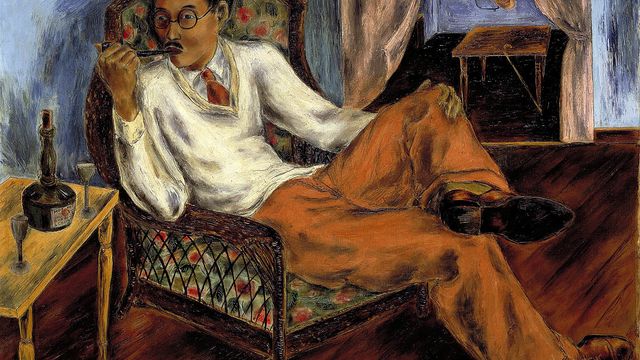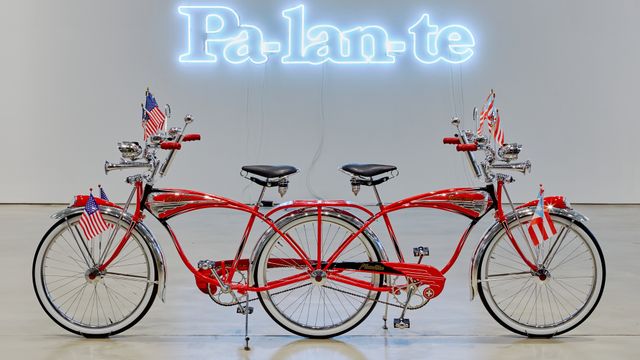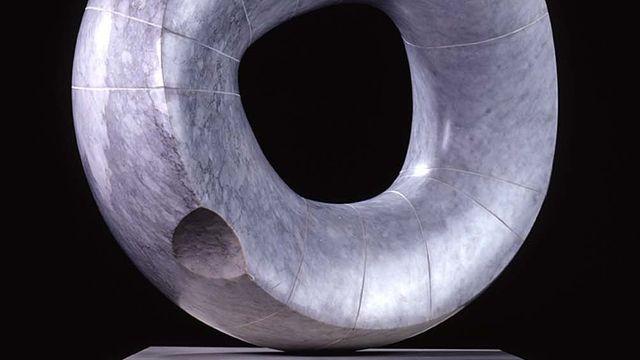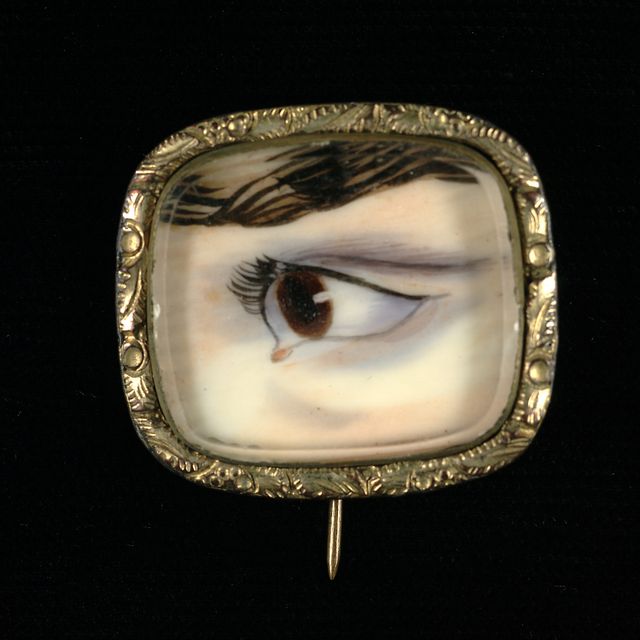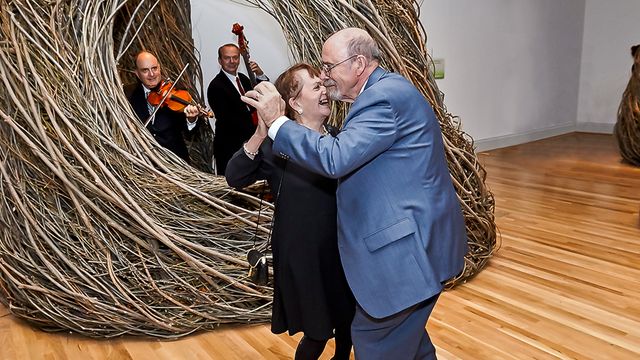
Architects' depiction of the proposed Parrish Art Museum. © 2006 Herzog & de Meuron
From the NYT write-up of the new design for the Parrish Art Museum in Long Island:
Typically, architects design museums with the art collection in mind; here, [Swiss architects Jacques Herzog and Pierre de Meuron] also sought to design a museum befitting the artists. The two concepts are in any case intertwined, given that the Parrish’s collection embraces American art from the 19th century to the present day, particularly art created on the island.
In preparing to build from the ground up at a former tree nursery just two miles east of the museum’s current home, an Italianate-style building on Job’s Lane, the architects visited studios of artists both living (Chuck Close, Ross Bleckner) and dead (Willem de Kooning, Roy Lichtenstein). In studying their living and working conditions, they gained a sense of how local painters and sculptors became attached to the area.
The article goes on to describe the way that Long Island artists harness the light of the area's northern exposure: in studios converted from barns or sheds, optimally situated to take in the sunlight, with interiors painted white for a bright working space.
As an urbanite (even one living in a city that's not so dense), it's hard to imagine a similar trend emerging here. Artists follow the rents everywhere, of course, but in DC, there's no single place artists go. Emerging painters I know use their bedrooms for studio space; many of the city's most visible artists congregate in the Millennium Arts Center's studios. (That facility is as close as DC comes to the sort of warehouse space coveted by artists in other cities—the planners who designed the capital didn't include a warehouse district.) I don't think this was so different even when Washington crowned the art world—rents were cheaper then, but there wasn't a single style of studio.
Sounds as if Long Island offered more romantic studio options for artists looking for cheap space (back before, of course, most of the area developed). It's appropriate, then, that Herzog and de Meuron would rhyme the vernacular architecture in their design. The article describes the design as a response to the artists' processes—but ultimately, of course, the artists are working with the spaces that the region allows. Having never visited the Parrish, I don't have any feel of how the design fits the collection—but it seems to be an appropriate fit for Long Island.


